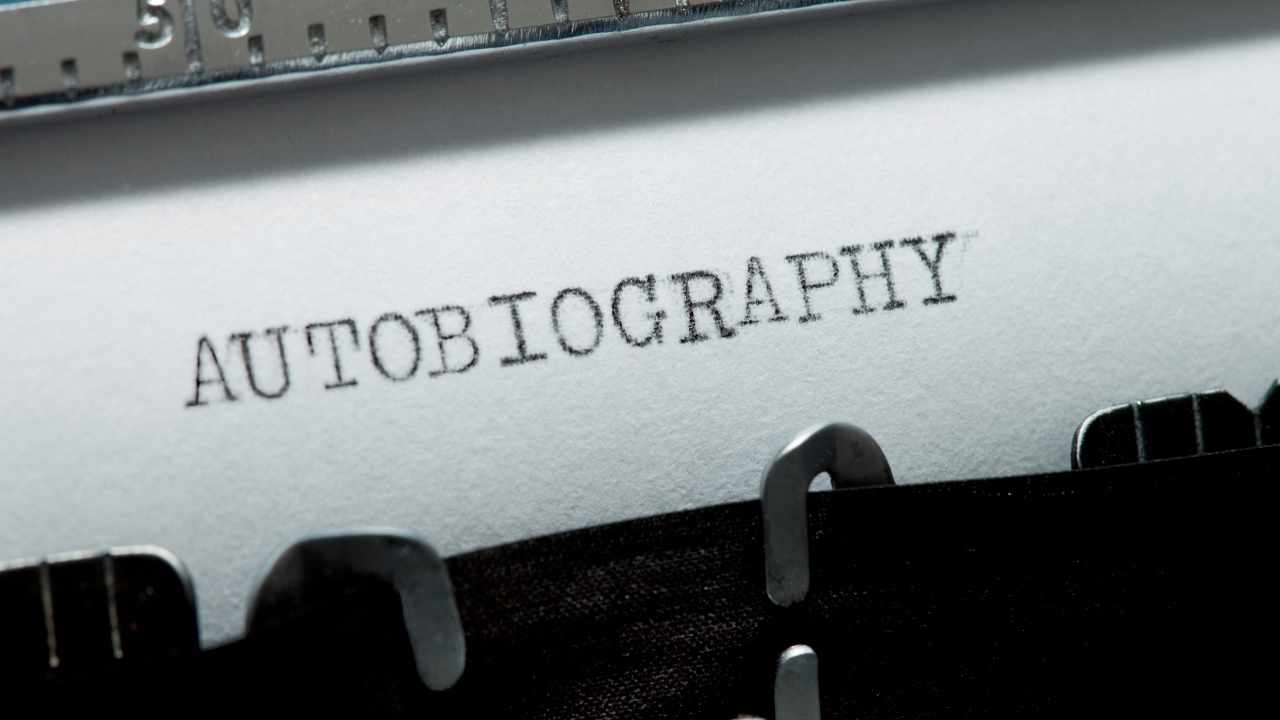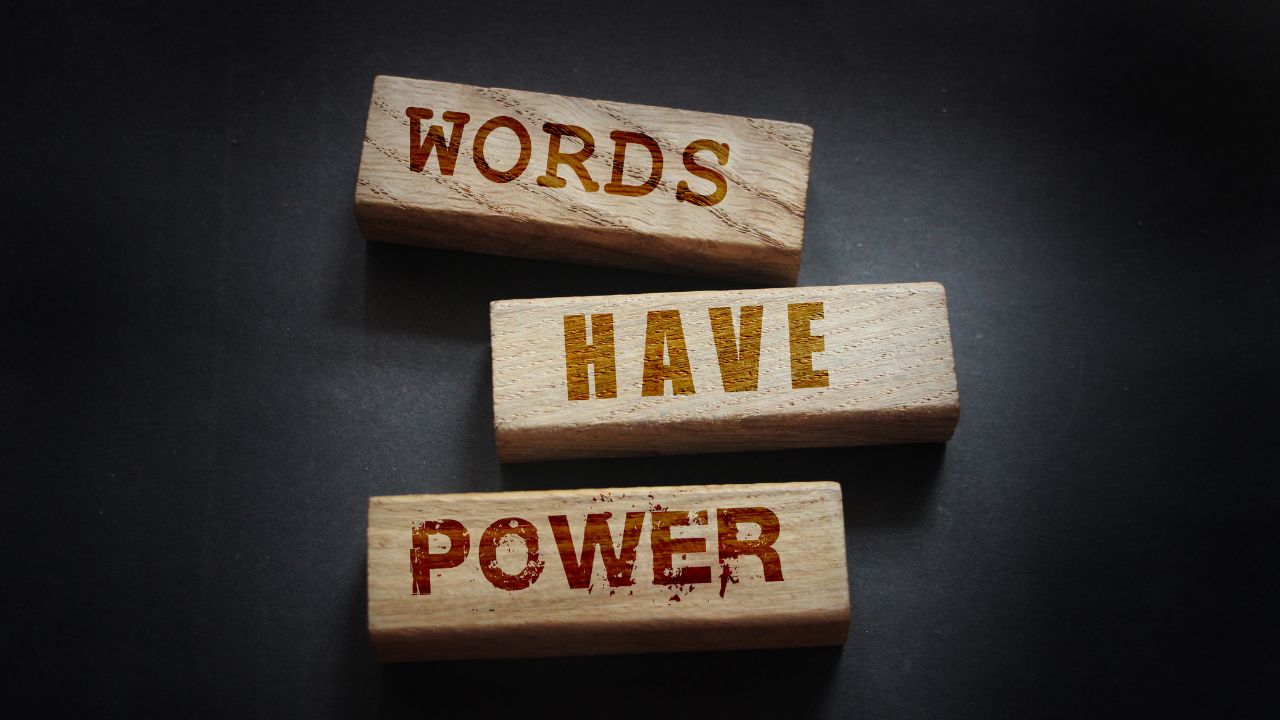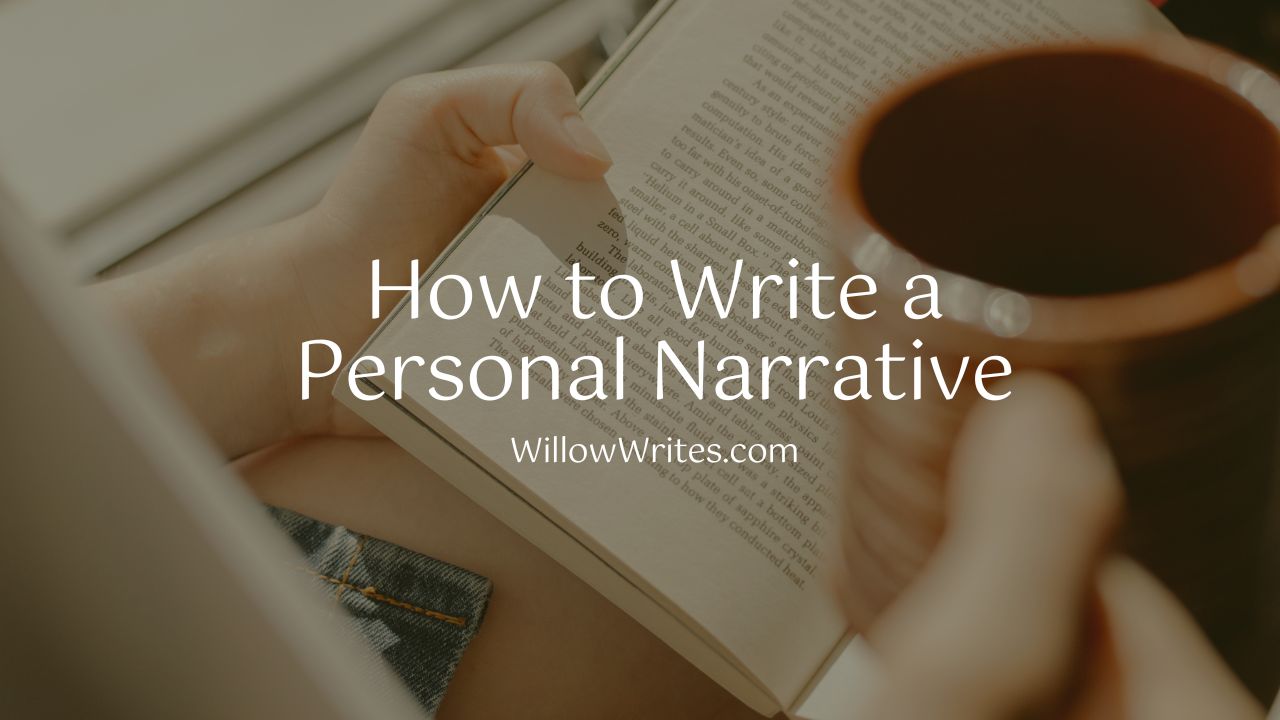This guide will explore some tips for writing an autobiography that engages your readers from start to finish. We’ll also look at some examples of successful autobiographies and see what we can learn from them. So if you’re thinking about learning how to write your autobiography, or if you’ve already started but hit a snag, keep reading!
It’s said that everyone has a story to tell. Why is it so hard to write an autobiography if that’s true? Autobiographies are supposed to be the story of your life, after all.
But where do you start? How do you decide what to include and what to leave out? And most importantly, how do you make sure your autobiography is fascinating to read?
Why write an autobiography
Some people write autobiographies to share their experiences with others. It’s looking back on your life and sharing your experiences. Everyone has something valuable to share, no matter how big or small their story may be.
There is beauty in everyone’s journey, and it’s important to share those stories with the world. Writing an autobiography is preserving your memories and your legacy for future generations. It’s saying, “This is who I was, and this is what I did.”
It’s an opportunity to inspire others and make a difference in the world.
Also popular: How to Write a Love Song: A Step-By-Step Guide
How to write an autobiography
There’s no single formula for writing an autobiography, but there are specific guidelines you can follow to ensure your story is both engaging and memorable.
First, consider who will be reading your autobiography. Are you writing for yourself or a specific audience?
This will help you determine what to include in your story. Next, consider the structure of your autobiography.
How much detail do you want to include, and in what order should you share your experiences? Start writing once you have a clear idea of what you want to say.
Be honest and open about your life experiences, and try to write in a natural, flowing style. Remember, an autobiography is not just a collection of facts; it’s a story that should be enjoyable to read.
So inject some creativity into your writing, and don’t be afraid to experiment with different structures and formats. You can craft a personal and engaging autobiography with a bit of effort.
Others have read: How to Write Manifestations
3. What to include in your autobiography
There is no one way to write an autobiography, but some common elements are often included. Many people choose to begin with their earliest memories, giving the reader a sense of their origins and what shaped them.
Other elements often included are key accomplishments, relationships, and defining moments. In addition, many people use their autobiography to share their wisdom and insight with others.
By sharing your story, you can inspire others and help them to see the world in a new light. Whatever you choose to include in your autobiography, make sure that it is honest and reflective of your journey.
You might also like: How To Write Playful Banter
4. Writing style and tone
Writing is a deeply personal art, and each writer uses their style and tone to express their unique voice and ideas.
Some writers might be lyrical, choosing smooth words and flowing sentences to create a poetic effect. Others might take a more straightforward or academic approach, focusing on intelligent reasoning or clear communication.
Ultimately, the key to excellent writing lies in striking the right balance between form and content. Whether the story being told is fact or fiction, it must be communicated in an engaging and compelling way that draws readers in and keeps them invested until the very last word.
From master poets like Maya Angelou to modern sci-fi authors like George R.R. Martin, every great writer has mastered the art of crafting a unique style and tone that captivates audiences across the globe.
A great read: How to Write More Rhythmic Prose
5. Editing and revising
Editing an autobiography can be a challenging but rewarding process. To begin with, you will need to go through your text meticulously and identify any sections or passages that might read as overly self-aggrandizing or unnecessarily negative.
It may also help to think about your audience and the purpose of your autobiography – for example, if you are writing for a broad audience of friends and family members, you may wish to leave out specific details that would only appeal to a select group.
Once you have identified these key areas of improvement, focus on making adjustments accordingly. For example, if you are trying to convey a more humble or meek image, try using softer language and more descriptive phrasing.
If your goal is to emphasize particular accomplishments, consider taking more care in listing specific details or attaching statistics whenever possible.
The best way to edit an autobiography is with patience and sensitivity – even a tiny tweak can make a big difference in how your final piece reads to others.
Check out: How to Write a Fairy Tale
6. Publishing your autobiography
If you want to publish your autobiography so that it’s available for sale, there are a few key steps that you’ll need to follow. First, find a good literary agent who can help connect you with publishers and guide you through submission.
Once a publisher has accepted your manuscript, it is up to you to promote the book and build awareness among potential readers. This may involve traveling for signings and readings and working with social media platforms like Facebook and Twitter to share updates about your book and interact with fans.
Self-promotion is an ongoing process, so be prepared to commit significant time and resources if you want your autobiography to succeed. However, it is more than possible to see your book become a bestseller with dedication, determination, and hard work!
Here’s 15 Memoir Writing Tips for Beginners: Secrets to a Bestseller
7. Marketing your autobiography
If you want your autobiography to succeed, you need to know how to market it effectively—one of the most important keys is understanding your target audience and tailoring your marketing efforts accordingly.
To reach the broadest possible readership, you might consider focusing on online platforms such as social media or email lists or partnering with other influencers in your field to reach their audiences.
You may also want to include promotional content with each book, such as bookmarks or exclusive access to bonus materials.
By analyzing the needs and desires of your potential readers and taking strategic steps to engage them, you can make sure that your autobiography gets the attention it deserves!
This is an excellent list of 26 of the Best Writing Tools for Streamlining your Workflow
8. Examples of successful autobiographies
Maya Angelou’s autobiography, I Know Why the Caged Bird Sings, is an excellent example of a successful autobiography. Angelou chronicles her early life in the book, including her experience as a child in the Jim Crow South and her move to Harlem.
She tells her story with honesty and humility, and her prose is both lyrical and powerful. I Know Why the Caged Bird Sings is an important work of literature not only because it tells a compelling story but also because it gives readers a rare insight into the lived experience of a black woman in America.
Another excellent example of an autobiography is The Autobiography of Malcolm X, written by Alex Haley. Malcolm X describes his journey from street hustler to Nation of Islam leader in the book. He tells his story with honesty and passion, and his narrative provides a unique perspective on race relations in America.
The Autobiography of Malcolm X is an important work of literature because it tells a fascinating story and because it sheds light on a period of American history that is often misunderstood.
9. Takeaways
- An autobiography is a book that tells the story of your life.
- To write an autobiography, you’ll need to decide what to include, what to leave out, and arrange your material.
- You’ll also need to consider your audience and your goals for writing the book.
- If you want to publish your autobiography, you’ll need to find a literary agent and a publisher. You’ll also need to self-promotion to build awareness among potential readers.
- Maya Angelou’s autobiography, I Know Why the Caged Bird Sings, and Alex Haley’s The Autobiography of Malcolm X are excellent examples of successful autobiographies. These books offer unique insights into the experiences of black women and men in America, and they are still widely read today.
If you want to write an autobiography that will be successful, understand the critical factors involved in marketing your book effectively. These may include targeting the right audience and engaging them through online platforms like social media.










